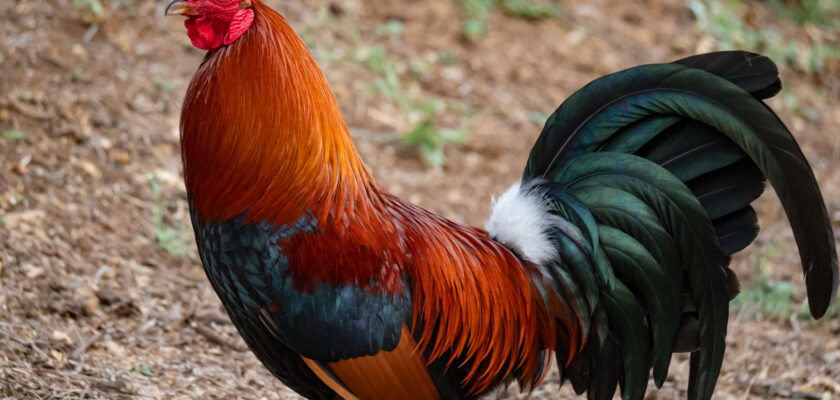Introduction to Roosters
Roosters, the vibrant male counterparts of chickens, are not only known for their iconic crowing at dawn but also for their striking physical features. Whether you’ve spotted one strutting through a barnyard or featured in cultural symbolism, you may have wondered—what does a rooster look like exactly?
Roosters stand out from hens due to a range of anatomical, behavioral, and aesthetic differences. From their elaborate tail feathers to their commanding posture, this article explores every detail of the rooster’s appearance. Let’s dive deep into the world of roosters, breaking down what makes them one of the most visually impressive birds on the farm.
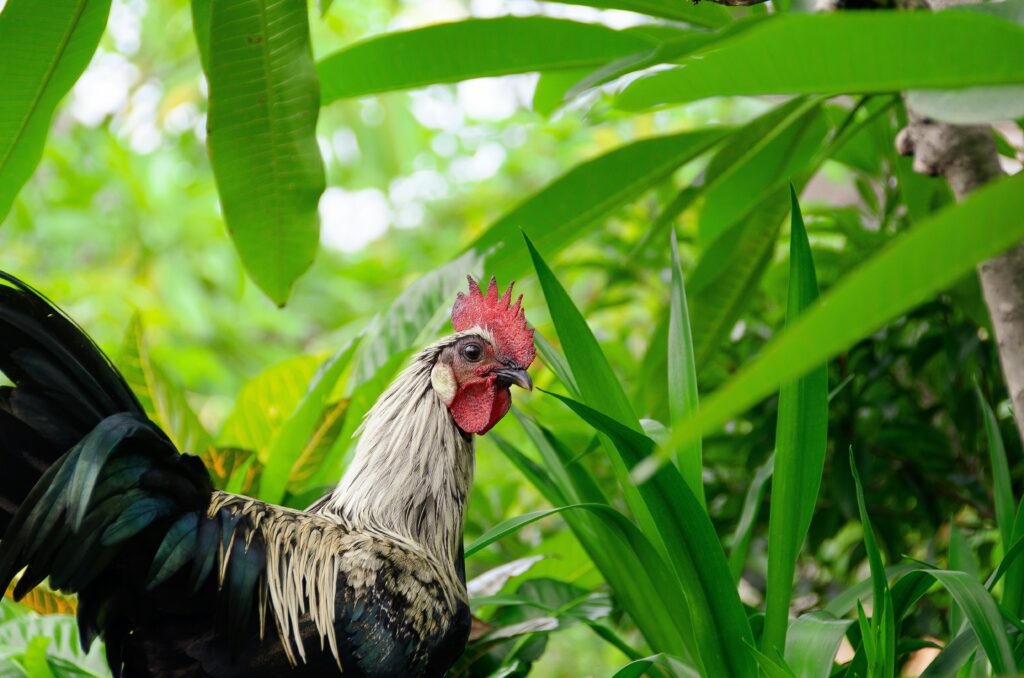
Photo by Transly Translation Agency on Unsplash
Rooster vs Hen: Key Visual Differences
Before identifying specific rooster traits, it’s essential to understand how they differ from hens. Here’s a comparison:
| Feature | Rooster | Hen |
| Comb & Wattles | Larger, more pronounced | Smaller, less vivid |
| Feathers | Long tail and saddle feathers | Shorter, rounder feathers |
| Size | Bigger and heavier | Smaller and lighter |
| Spurs | Prominent on legs | Usually absent or very small |
| Behavior | More territorial and vocal | Calmer demeanor |
These differences are easy to spot even at a distance, particularly once the bird is mature.
Anatomy of a Rooster
Comb and Wattles
One of the most recognizable traits of a rooster is its comb—the fleshy red crest on top of its head—and the wattles—two lobes hanging under the beak. The comb helps regulate body temperature and signals health and virility to hens.
Beak and Eyes
Roosters have strong, slightly curved beaks used for pecking and defending their territory. Their eyes are typically sharp, alert, and can detect small movements. The iris is often a reddish-orange hue, adding to their intense appearance.
Hackle Feathers
These feathers run along the neck and are longer and more pointed than those on hens. They often shimmer in the light and can signal aggression or dominance when flared.
Saddle Feathers
Located on the lower back near the base of the tail, saddle feathers are long, narrow, and decorative. They droop down over the sides and are absent or much less pronounced in hens.
Tail Feathers (Sickle Feathers)
Roosters boast sickle feathers—long, curved, flowing tail feathers that arch dramatically, often in greens, blacks, and blues. This is one of the most defining traits of a rooster.
Size and Weight of Roosters
Depending on the breed, roosters can range from 4 to over 13 pounds. On average, they’re heavier and taller than hens. Larger breeds like the Brahma may even reach 30 inches in height, standing tall and broad.
Breed and nutrition heavily influence size. Roosters bred for show may appear bulkier and more refined compared to those raised for utility.
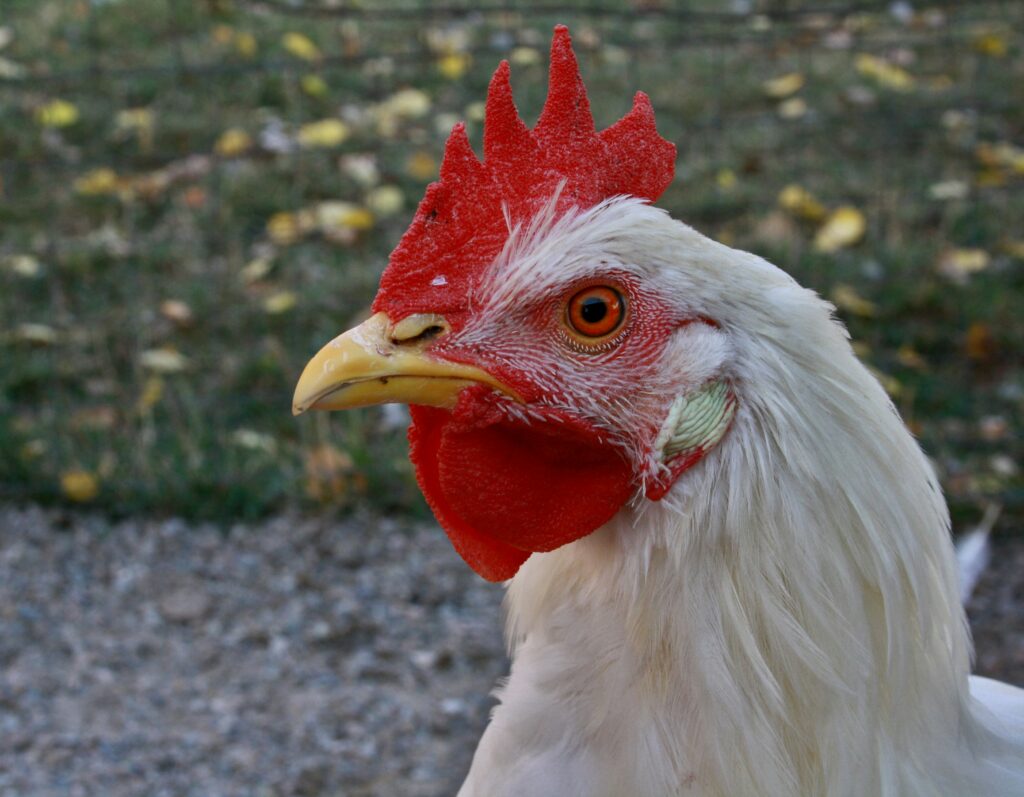
Photo by Ashlee Marie on Unsplash
Rooster Plumage: Colors and Patterns
Roosters are a visual spectacle thanks to their vibrant plumage. You’ll often see colors like:
- Iridescent green
- Metallic black
- Deep reds
- White highlights
- Speckled or barred patterns
This dramatic coloring helps them attract mates and establish dominance within the flock.
Common Rooster Breeds and Their Appearances
Leghorn Rooster
- White feathers, upright red comb
- Lean and fast-moving
- Known for loud, frequent crowing
Rhode Island Red
- Deep rust-red body
- Black tail feathers
- Hardy and bold in personality
Silkie Rooster
- Fluffy, fur-like feathers
- Black skin and blue earlobes
- Calm and docile despite appearance
Brahma Rooster
- Feathered legs
- Immense size and gentle demeanor
- Light or dark feather variations
Each breed offers a unique blend of form and function, from show birds to backyard companions.
Rooster Behavior and Posture
Roosters often hold their heads high, chests out, and tails arched—exuding confidence and control. You’ll notice:
- Crow posture: Beak up, chest puffed
- Strutting: Sideways movement to show off feathers
- Wing drops: One wing lowered to the ground in dominance display
Posture is a powerful tool for asserting dominance and attracting hens.
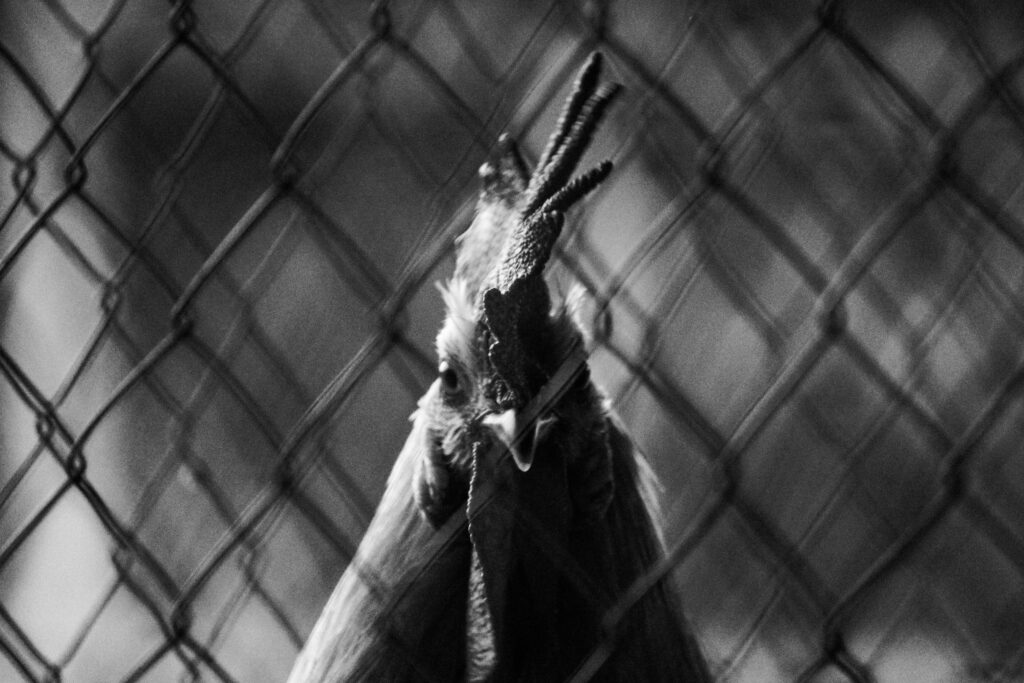
Photo by Maria Schulz on Unsplash
What Makes a Rooster Look “Majestic”?
It’s the combination of the following:
- Bright, symmetrical plumage
- Tall stance and strong legs
- Flowing tail and saddle feathers
- Sharp eye contact
- Clean, large comb and wattles
Together, these features give roosters an almost royal appearance, especially under sunlight.
Age-Related Appearance Changes in Roosters
As roosters age:
- Feathers may dull or fray
- Spurs grow longer and sharper
- Comb may thicken or grow wrinkly
- Posture may become less upright
Yet, some roosters retain their grandeur well into their later years, especially when well cared for.
How to Identify a Rooster Chick
While hard to tell early on, a few signs help:
- Slightly larger combs even at a few weeks
- Early feather development differences
- Bolder behavior than siblings
- Legs may be thicker
By 6-8 weeks, differences become more noticeable.
Myths and Symbolism Behind Rooster Appearance
Roosters symbolize many things across cultures:
- Courage and vigilance (China)
- Resurrection and light (Christian symbolism)
- Masculinity and pride (European folklore)
Their appearance plays heavily into these themes—bright, bold, and ever-watchful.
FAQs
1. What colors are most common in roosters?
Roosters often display reds, blacks, greens, and iridescent hues. Breed plays a major role in coloration.
2. Do all roosters have long tail feathers?
Most do, especially in ornamental breeds. Some utility breeds may have shorter tails.
3. How can I tell if my chick is a rooster?
Watch for early comb growth, boldness, and thicker legs by 6-8 weeks.
4. Why are roosters more colorful than hens?
To attract hens and intimidate other roosters. It’s a survival and reproductive trait.
5. Can hens ever look like roosters?
Yes, older or hormonal hens may develop combs and even crow, but it’s rare.
6. What’s the purpose of a rooster’s comb?
It regulates heat and signals health. A bright red comb usually means a healthy bird.
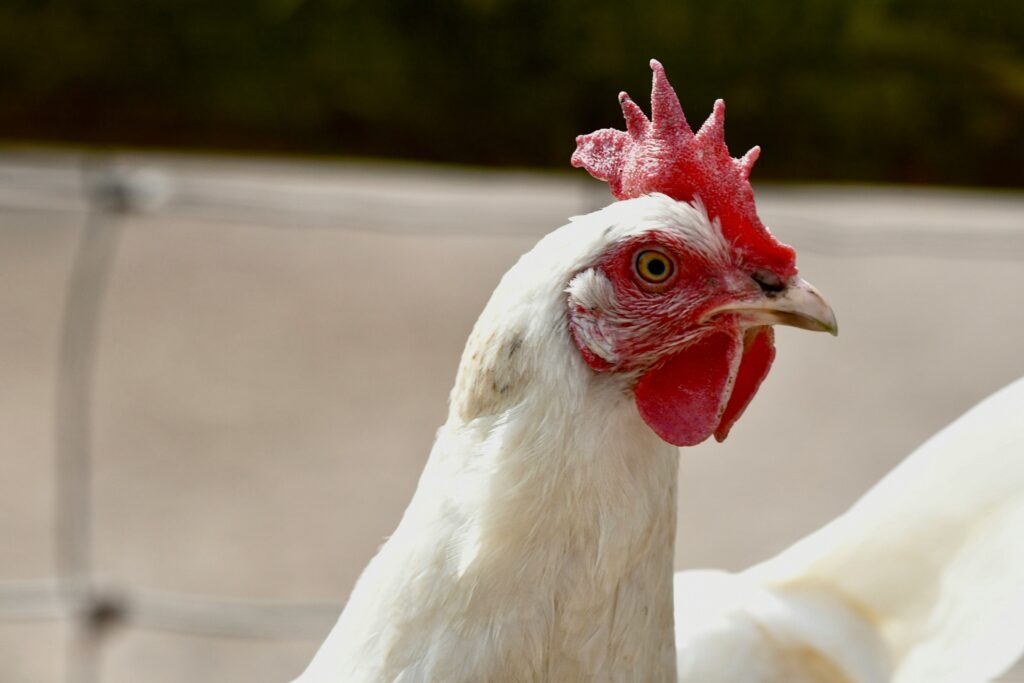
Photo by Mayukh Karmakar on Unsplash
Conclusion
Roosters are more than just early morning alarm clocks—they’re living artwork, blending function with flair. From their bold feathers to proud strut, a rooster’s look is deeply tied to his role as a leader in the flock.
Understanding the visual traits of roosters isn’t just fun—it’s crucial for farmers, breeders, and enthusiasts alike. Keep an eye out next time you visit a farm—that confident, colorful bird in the center? That’s the rooster.
